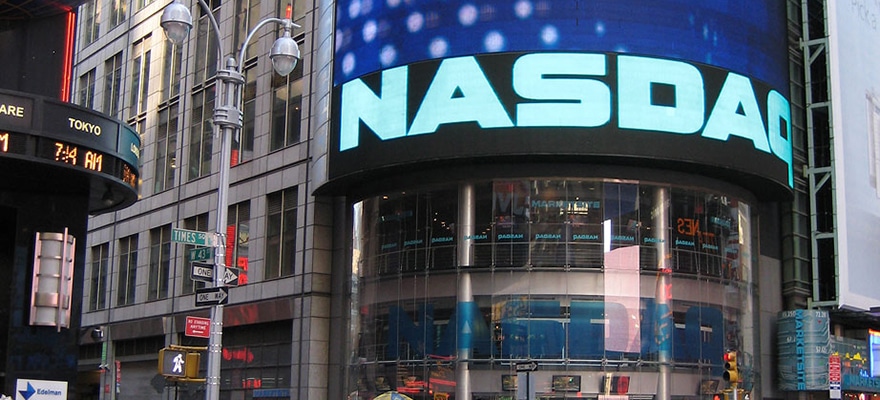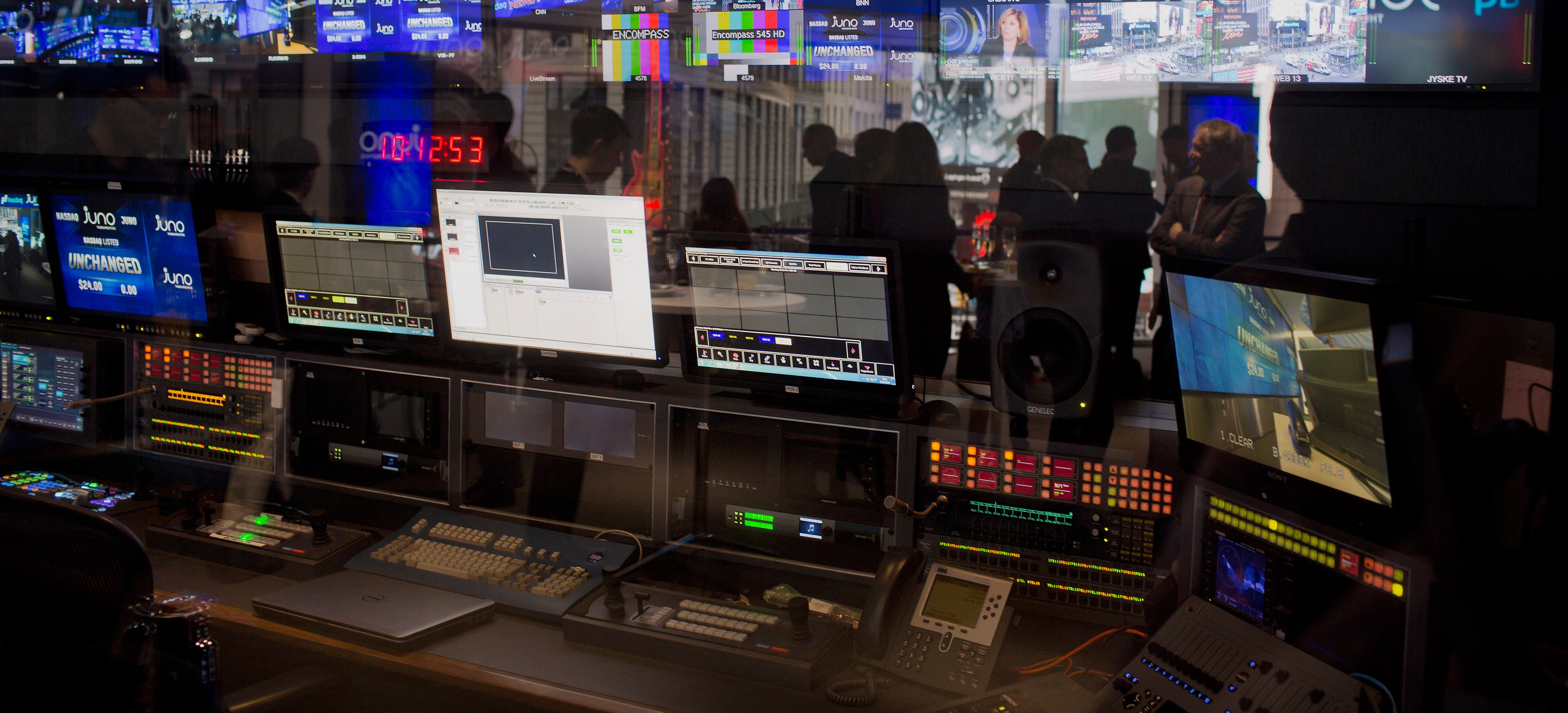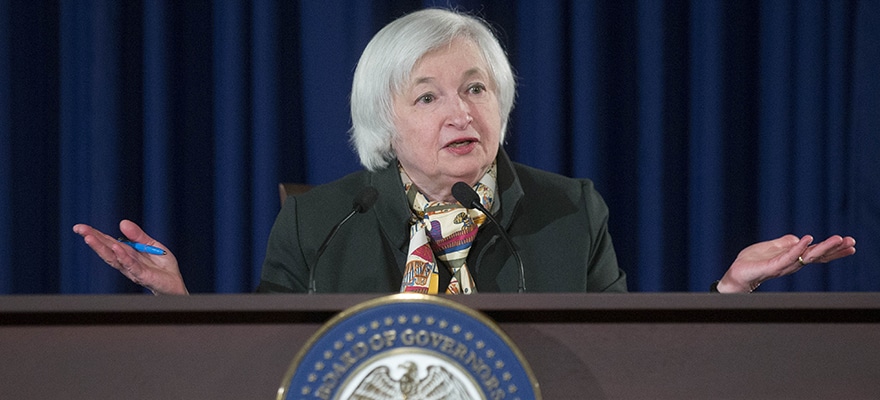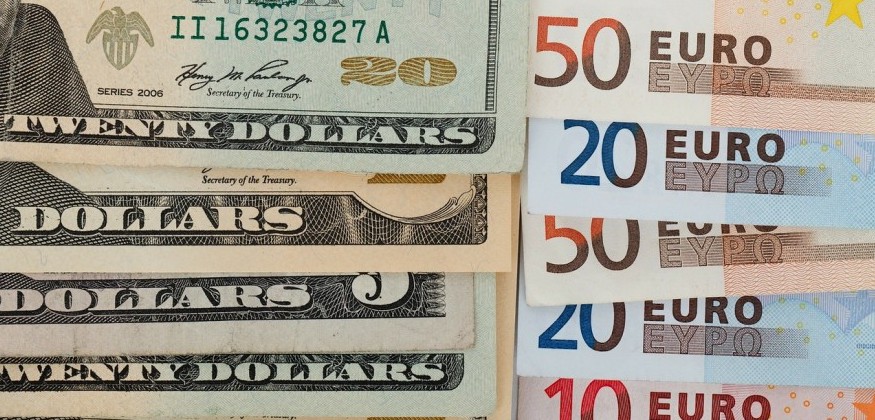The race between exchanges to gain a share of the decentralized $5.3 trillion per day foreign exchange (forex) market is heating up, with Nasdaq poised to launch a platform for forex trading in 2016, according to Reuters.
Hans-Ole Jochumsen, Co-President and Head of Nasdaq's transaction business is clear that Nasdaq’s forex platform will benefit the industry by providing transparent pricing and reducing counterparty risk.
There are two main problems in retail FX markets. How can customers be sure they receive the correct price and secondly the counterparty risk.
“There are two main problems in retail FX markets. How can customers be sure they receive the correct price and secondly the counterparty risk," said Jochumsen. "The criticism of banks and the fines show the market is not transparent and compliant and it speaks for it to be organized more like a stock market."
Reforming Forex
Indeed, forex markets have come under increasing pressures from regulators in the last few years, which have levelled up to $10 billion in fines on banks for FX fixing and the manipulation of benchmark interest rates, such as LIBOR.
Accordingly, regulators have introduced enhanced reporting and clearing requirements for OTC (over the counter) trades in both the U.S. and Europe, effectively pushing the fragmented forex market to become more transparent.
Moreover, technology has hastened the centralization of the market. ECNs that operate as mini-exchanges create pools of Liquidity that connect market participants.
According to Chris Concannon, Chief Executive of Bats Global Markets: “End users are getting used to technology where they have a full view of the market. They are accessing more markets than they could ever do 10 years ago.”
End users are getting used to technology where they have a full view of the market.
Diversifying
Nasdaq’s new forex Trading Platform would seek to rival the current electronic forex trading platforms, including EBS, owned by ICAP PLC (LON: IAP), and Thomson Reuters Dealing, owned by Thomson Reuters Corp (TSE: TRI), along with other trading systems offered by major banks.
A move into the forex space would also diversify Nasdaq’a business, which is currently centered on its stock exchange activities, which remain heavily exposed to the current volatility prompted by Chinese markets. Indeed, the tech-heavy Nasdaq shed around 3.8% in the recent “Black Monday” stock market crash.
Coupled with the launch of the "NFX" platform for trading energy derivatives such as oil, gas and power futures in July, Nasdaq is eager to broaden its remit to include forex trading.
Commenting on the timing of the launch, Mr Jochumsen said, "We have a system ready that banks can test in their own systems but we don't want to launch it before we have enough banks committed to secure sufficient liquidity."
Exchanges Getting in on the Action
Nasdaq’s strategy to develop its own platform differs from rival equities and commodities venues, which have taken the acquisition route to get a slice of the forex market. In recent weeks and months, we have seen both the Deutsche Börse Group and BATS Global Markets, the US’ second largest equities and options exchange, make acquisitions to position themselves as players in the forex market.
We have a system ready that banks can test in their own systems but we don't want to launch it before we have enough banks committed to secure sufficient liquidity.
In March, BATS successfully completed the acquisition of Hotspot FX from KCG Holdings for about $365 million. For BATS, the acquisition was a strategic priority in a world in which investors are increasingly interested in accessing and trading several asset classes, in which FX represents the largest asset class by volume.
While late last month the Frankfurt-based exchange, Deutsche Börse, announced that it would buy German-based institutional ECN platform, 360T, for €725 million. 360T operates an interbank currency trading platform, including spot, forwards, options and swap products.
Deutsche Börse sees 360T as a key part of its growth strategy, using it as a way to sell market data and develop futures, FX forwards and swaps trading to boost its Eurex derivatives business.
However, the exchanges have been facing headwinds in trying to displace the forex establishment - the well-established platforms and global banks. Hotspot recorded multi-year lows, with an 8.6% MoM decline in July. With a third exchange on the scene, its remains to be seen whether the forex markets can be reigned in to trade via a centralized exchange.

















